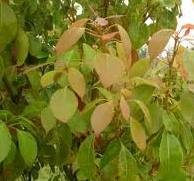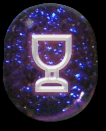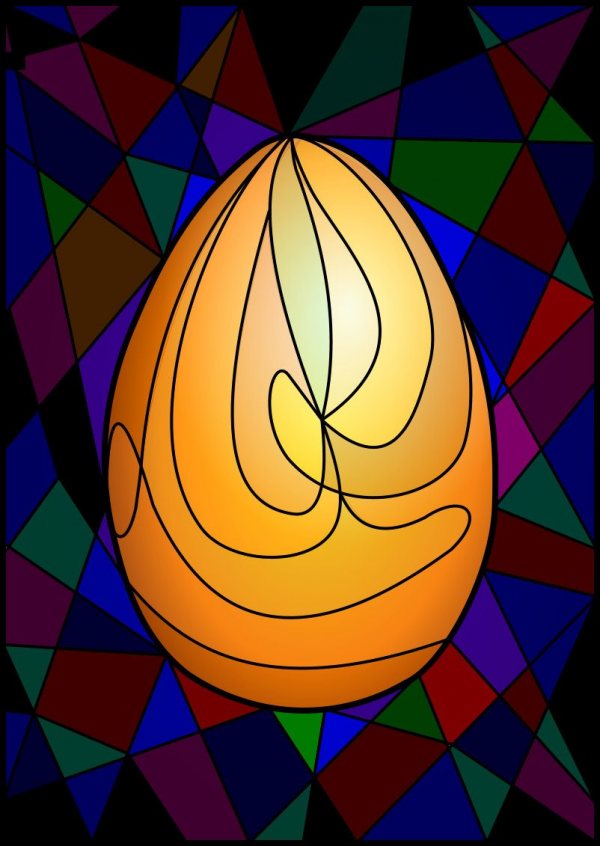Camphor
The medicinal basis of Camphor is certainly a powerful agent, and its stimulating volatile principles are found to exist in most of the aromatic herbs; in fact, Camphor is a concrete volatile vegetable oil, and camphoraceous properties signalise all the essences derived from carminative Herbal Simples.
Added Jun 17, 2010
| 9,833 Reads
The Camphor of commerce is secreted by trees of the laurel sort native to China and Japan, whilst coming also from the West Indies. Everyone knows by sight and smell the white crystalline granular semi-translucent gum, strongly odorous, and having a warm pungent characteristic taste. Branches, leaves, and chips of the trees are soaked in water until it is saturated with the extract, which is then turned out into an earthen basin to coagulate. This is completely soluble in spirit of wine, but scarcely at all in water; nevertheless, if a lump of the Camphor be kept in a bottle of fresh water, to be drawn off from time to time as required, it will constitute Camphor julep. A wineglassful of it serves to relieve nervous headache and hysterical depression. The domestic uses of Camphor are multiple, and within moderate limits perfectly safe; but a measure of caution should be exercised, as was shown a while ago by the school-boy, whom his mother furnished affectionately after the holidays with a bottle of supersaturated pilules to be taken one or two at a time against any incipient catarrh or cold. The whole bottleful was devoured at once as a sweetmeat, and the lad's life was rescued with difficulty because of intense nervous shock occasioned thereby. An old Latin adage declares that Camphora per nares emasculat mares, "Camphor in excess makes men eunuchs," even when imbibed only through the air as a continuous practice. And, therefore, as a "similar" the odorous gum, in small repeated doses, is an excellent sexual restorative. Likewise, persons who have taken poisonous, or large probative quantities of Camphor found themselves quickly affected by exhausting choleraic diarrhoea; and Hahnemann therefore advised, with much success, to give (in doses of from one to three or four drops on sugar), repeatedly for cholera, a tincture of Camphor (Rubini's) made with spirit of wine above proof. This absorbs as much as is possibly soluble of the drug. Physiologically Camphor acts by reducing reflex nervous irritability. Externally its spirit makes an admirable warming liniment, either by itself, or when conjoined with other rubefacients. In persons poisoned by the drug, all the superficial blood vessels of the bodily skin have been found immensely dilated; acting on a knowledge of which fact anyone wishing to produce copious general sweating, may do so by sitting over a plate on which Camphor is heated, whilst a blanket envelops the body loosely, and is pinned round the neck so that the fumes do not get down the throat. In medical books of the last century this substance was called "Camphire." To a certain extent its effluvium is noxious to insects, and it may therefore be employed for preserving specimens, as well as for protecting fabrics against moths. But its volatile odours swiftly evaporate, and become even offensively diffused about the room. In a moderate measure Camphor is antiseptic, and lessens urinary irritation. Recently a dose of ninety-six grains, taken toxically, produced giddiness, then epileptic convulsions, with dilated pupils, and stertor of breathing.
Added Jun 17, 2010
| 9,833 Reads
Share The Magic ...
The GoE MONEY!!! Course - A Course In Real MONEY MAGIC!
|





















